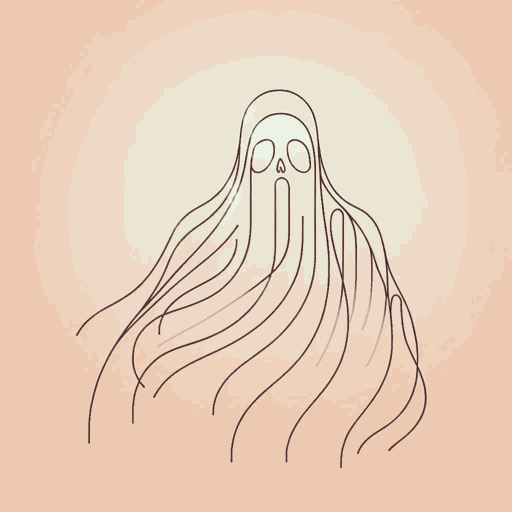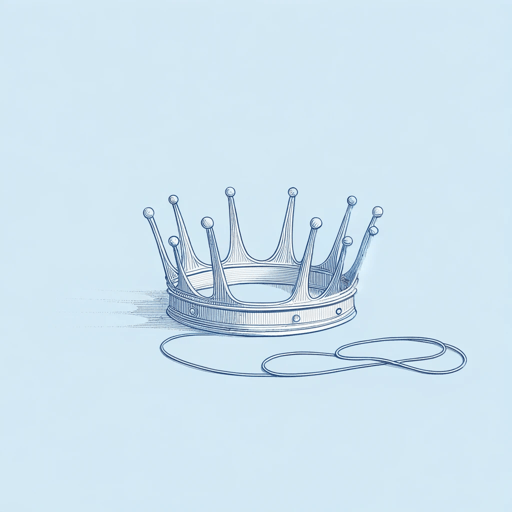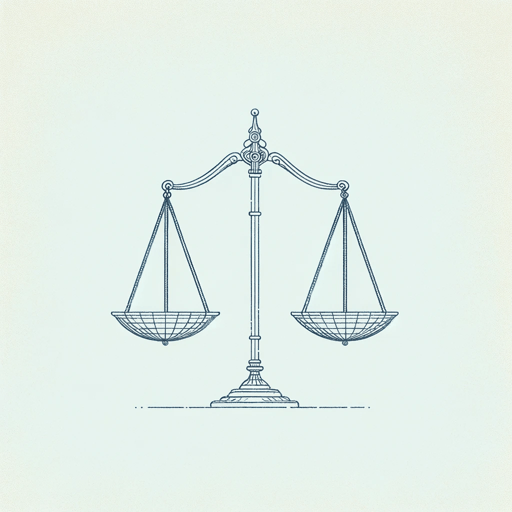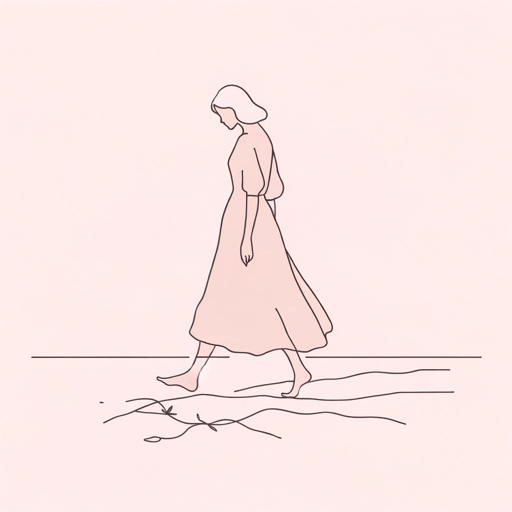19 pages • 38 minutes read
William ShakespeareSonnet 130
Fiction | Poem | Adult | Published in 1609A modern alternative to SparkNotes and CliffsNotes, SuperSummary offers high-quality Study Guides with detailed chapter summaries and analysis of major themes, characters, and more.
Symbols & Motifs
How the Colors Symbolize Different Beauty Norms
The poem’s first five comparisons center on color. The speaker states, “My mistress’ eyes are nothing like the sun” (Line 1), so the sun symbolizes a bright color. The mistress’s eyes don’t shine brightly. Red tends to symbolize passion and love, so “[c]oral is far more red” (Line 2) than the mistress’s lips. White regularly symbolizes innocence and purity, but the mistress’s “breasts are dun” (Line 3); they’re grayish yellow or perhaps unhealthy. Black frequently symbolizes gloom or desolation, and the image of “black wires” (Line 4) growing on the woman’s head is jarring. Finally, the speaker returns to red and white, with “roses damasked” (Line 5) or smooth pinkish roses, which might symbolize soft femininity. The woman’s cheeks aren’t the color of damasked roses.
The speaker uses color to symbolize the mistress’s deviation from traditional images of adored women. He includes the sun’s color, red, white, black, and white to represent conventional ideas about feminine beauty and send the message that his mistress isn’t a standard symbol of attractiveness. Through the colors and their symbolism, the speaker makes his point that his love for his mistress is “rare” (Line 13) and not “false” (Line 14). She lacks the colors typically aligned with beauty, which suggests people shouldn’t restrict true beauty and love to a limited set of colors or attributes.
Related Titles
By William Shakespeare

All's Well That Ends Well
William Shakespeare

A Midsummer Night's Dream
William Shakespeare

Antony and Cleopatra
William Shakespeare

As You Like It
William Shakespeare

Coriolanus
William Shakespeare

Cymbeline
William Shakespeare

Hamlet
William Shakespeare

Henry IV, Part 1
William Shakespeare

Henry IV, Part 2
William Shakespeare

Henry V
William Shakespeare

Henry VIII
William Shakespeare

Henry VI, Part 1
William Shakespeare

Henry VI, Part 3
William Shakespeare

Julius Caesar
William Shakespeare

King John
William Shakespeare

King Lear
William Shakespeare

Love's Labour's Lost
William Shakespeare

Macbeth
William Shakespeare

Measure For Measure
William Shakespeare

Much Ado About Nothing
William Shakespeare

